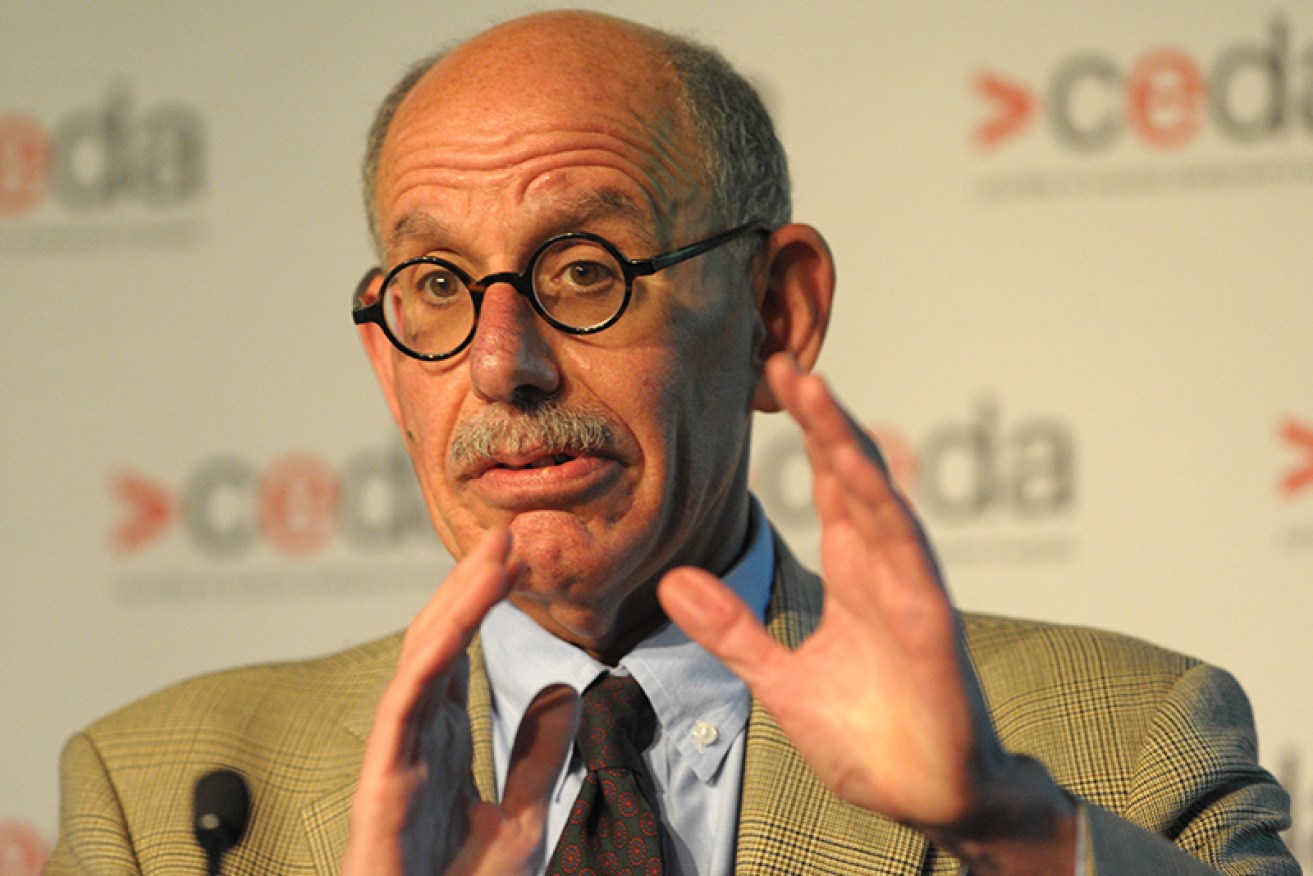Why Frydenberg is wrong about super tax


Professor Henry Ergas AAP
Assistant Treasurer Josh Frydenberg has closed the door to superannuation tax reform in the upcoming budget, leaving very few options to plug the gaping $40 billion budget deficit.
The reasons he gave for rejecting reform, meanwhile, were based on an unconventional definition of “middle class” – that is, people who retire with $1 million in superannuation.
The context of Mr Frydenberg’s comments is Labor’s policy, announced last week, which proposes to claw back $1.4 billion a year of the $30 billion a year the government pays in super tax concessions.
• Why Labor’s super tax is a gift for the rich
• Six tax hikes sure to upset everyone
• Why you don’t need $1m in superannuation
According to Labor, this plan is aimed at the very wealthiest 0.5 per cent of Australians.
But in an article in The Australian on Tuesday, Mr Frydenberg argued that, far from targeting the very wealthy, Labor’s policy is in fact a “a desperate revenue grab that will target the middle class”.
Frydenberg’s claims

Shadow Treasurer Chris Bowen says his plan would save $1.4 billion a year … Photo: AAP
Under Labor’s proposal, retirees would pay a 15 per cent tax on investment earnings over $75,000 a year. Assuming a consistent annual return of five per cent, Labor said the new tax would only affect retirees with assets worth $1.5 million.
But Mr Frydenberg claimed this was false. He argued that retirees’ investments often earn more than five per cent. Some years, they might earn 10 per cent, in which case in that year members with a balance of more than $750,000 would attract a tax.
Mr Frydenberg based his claims on an article, also in The Australian, by economist Henry Ergas. In this article, Ergas argued that the biggest portion of retirees affected by Labor’s tax would be sitting on about $1 million.
From this, he reached the following conclusion: “[Shadow Treasurer Chris] Bowen’s proposal is therefore not a tax on the rich; rather, it is a tax on the middle class, which is already harshly treated by our retirement income system.”
Fact check time
In order to test Mr Ergas and Mr Frydenberg’s claims, we took the “middle class” retiree who retires at 65 with $1 million in superannuation.
We assumed that person owned their own home and had paid off the mortgage.
First, we accepted Mr Bowen’s assumption that that $1 million figure would earn annual interest of five per cent, drawing down the compulsory minimum annual income from that.
This was the result:
CONSISTENT model:
Average annual income: $57,000
Balance at age 100: $292,000
Total investment earnings to age 100: $1,302,000
Total tax paid: $0
This means under a consistent annual return of five per cent, Labor’s tax would have no effect on people who retire with the “middle class” sum of $1 million.
Next, we assumed an average return of five per cent, but with wildly varying year-to-year returns, between one per cent and (for arguments’ sake) a massive 17 per cent per annum. That means that in some years returns would be more than $75,000, and would attract a tax. This was the result:

… but Professor Henry Ergas says it will hit “relatively small balances” the hardest. Photo: AAP
VOLATILE model:
Average annual income: $64,000
Balance at age 100: $268,000
Total investment earnings to age 100: $1,580,000
Total tax paid: $42,000
This volatile model resulted in a higher annual income than in the consistent five per cent per annum ($64,000 a year, compared with $57,000 a year). That is a $245,000 gain in total over 35 years.
Meanwhile, the super balance at age 100 is $24,000 less in the volatile model than it is in the consistent model.
Other models would yield different results, depending on the sequence and magnitude of the individual annual returns. But this is a reasonable example.
According to Mr Frydenberg, this $42,000 tax bill over 35 years on someone who can easily afford it constitutes a “a desperate revenue grab that will target the middle class”.
There is no official definition of “middle class”; but surely someone who dies at 100 after 35 years on a very comfortable, self-funded retirement, without ever needing to resort to even a part pension – and still with $268,000 in savings, not to mention the value of his or her house – is a bit above the “middle class” mark.
After all, the average superannuation balance at retirement is currently around $200,000 for a man, and little over $100,000 for a woman.
Back on earth
Meanwhile, here’s what you can expect if you retire with a super balance of between $100,000 and $500,000. These figures assume a consistent five per cent annual return, and an annual drawdown of $30,000. We do not include the part or full age pension, for which all retirees in this bracket would be eligible.
None of these would attract a tax under Labor’s plan, except in years where returns topped 15 per cent (those years are very rare indeed, even for growth-oriented investment options).
Retire with $500,000
Average annual income: $30,000
Age when super runs out: 97
Total investment earnings to age 100: $471,000
Total tax paid: $0
Retire with $400,000
Average annual income: $30,000
Age when super runs out: 85
Total investment earnings: $220,000
Total tax paid: $0
Retire with $300,000
Average annual income: $30,000
Age when super runs out: 78
Total investment earnings: $98,000
Total tax paid: $0
Retire with $200,000
Average annual income: $30,000
Age when super runs out: 71
Total investment earnings: $35,000
Total tax paid: $0
Retire with $100,000
Average annual income: $30,000
Age when super runs out: 67
Total investment earnings: $6,500
Total tax paid: $0








